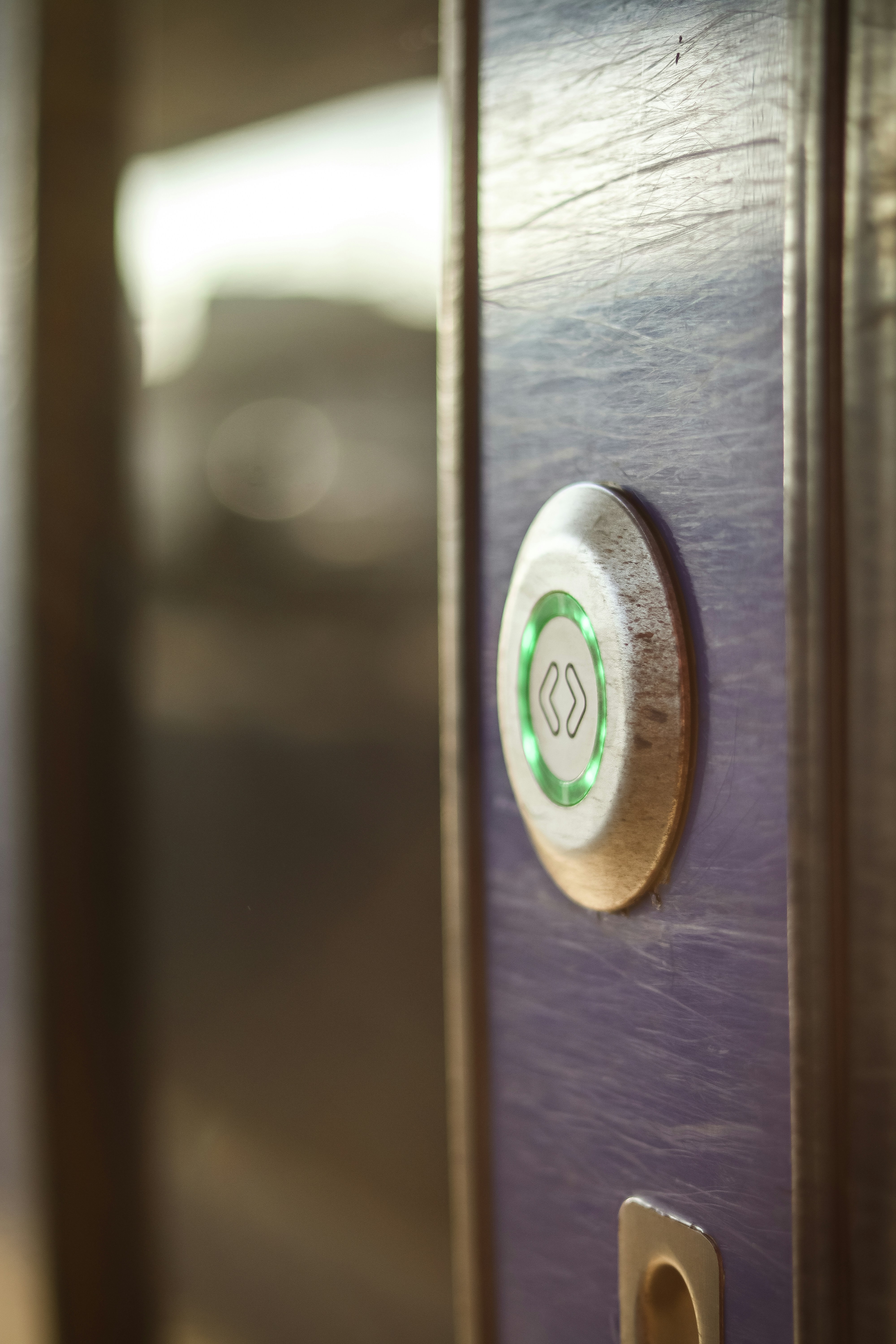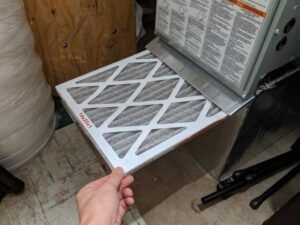Introduction to Grout and Sealer Types
When it comes to the installation and maintenance of ceramic and porcelain tiles, understanding the roles of grout and sealers is essential. Grout is a dense fluid used to fill the spaces between tiles, which not only helps in ensuring the stability of the tiled area but also prevents water from infiltrating beneath the tiles. By filling these gaps, grout fortifies the overall structure of the tile arrangement, ensuring that the tiles stay in place and do not shift over time.
Equally important are sealers, which perform a critical function in protecting both the grout and the tiles. Sealers provide a barrier that shields the grout and tiles from stains, moisture, and other potential damage. This protective layer is especially important in areas exposed to water, such as bathrooms and kitchens, where tiles are likely to encounter spills and splashes. Proper sealing extends the longevity of the tiling work, keeping it looking pristine and new for longer periods.
In the world of tile installation, there are various types of grout and sealers available, each tailored to specific needs and applications. Generally, grouts can be categorized into three main types: cement-based grout, epoxy grout, and urethane grout. Each type has its unique properties and ideal use cases. Likewise, sealers come in different formulations, including penetrating sealers, surface sealers, and enhancers, each offering different levels of protection and aesthetic enhancements.
As we delve deeper into this subject, we will explore these three types of grout and three types of sealers in greater detail. This comprehensive understanding will help in making informed decisions when selecting the appropriate materials for your ceramic or porcelain flooring and walls, ensuring optimal performance and durability.
Epoxy Grout and Epoxy Sealers
Epoxy grout is predominantly favored for its unmatched durability and stain resistance, primarily making it a go-to choice for areas facing high moisture and heavy traffic. Kitchens, bathrooms, and commercial spaces frequently employ epoxy grout due to its robust composition, which includes a combination of resin and hardener. The amalgamation of these components results in a dense, impervious bond that not only endures the test of time but also resists discoloration and stains.
The composition of epoxy grout is a key factor in its superiority; the inclusion of both resin and hardener facilitates a chemical reaction that yields a high-strength material. This chemical resistance makes epoxy grout exceptionally suitable for areas where chemical exposure is a concern. Additionally, its non-porous nature means that it is less likely to harbor mold or mildew, thus ensuring a cleaner, more hygienic environment.
Epoxy grout’s application process, while straightforward for seasoned professionals, may present challenges for novices. The grout’s rapid curing time necessitates swift application, and once cured, adjustments become virtually impossible. Therefore, it is recommended to employ experienced personnel for the task to avoid potential mishaps. Furthermore, cleaning tools and surfaces must be done promptly to prevent the material from hardening undesirably.
Complementing epoxy grout, epoxy sealers offer a protective layer that fortifies the surface against water, chemicals, and stains. When applied, epoxy sealers form a hard, impervious surface that maintains the aesthetic quality of the flooring or wall while enhancing its longevity. This added layer of protection is particularly beneficial in environments with heavy foot traffic or frequent spills, as it simplifies maintenance while preserving the integrity of the underlying material.
However, there are considerations to account for with epoxy products. The complexity of application demands precision and expertise, often resulting in higher labor costs. Additionally, the upfront cost of epoxy grout and sealers tends to be higher compared to their cement-based counterparts. Yet, when factoring in the long-term benefits of minimal maintenance and extended durability, epoxy solutions often prove to be a cost-effective strategy for high-demand environments.
Cementitious Grout and Penetrating Sealers
Cementitious grout stands as the cornerstone in the realm of tiling, renowned for its versatility and traditional application. Fundamentally, this grout category comprises a blend of cement, water, and aggregates—typically sand—to provide robust and durable joints between ceramic and porcelain tiles. It is crucial to recognize the two primary subtypes within this category: sanded and unsanded grout. Sanded grout, fortified with fine sand particles, excels in joints wider than 1/8 inch, offering enhanced strength and a firm grip. Conversely, unsanded grout is ideal for narrower joints, ensuring smooth and compact fillings without the abrasive layer of sand.
The intrinsic flexibility of cementitious grout makes it suitable for a myriad of installations, from residential bathroom floors to expansive commercial walls. Its adaptability to different tile surfaces and application contexts underpins its widespread usage. Whether for aesthetic enhancement or functional imperatives, this grout type remains a preferred choice for many tiling projects.
Penetrating Sealers
To augment the longevity and resilience of grout, penetrating sealers emerge as an indispensable component. These sealers permeate deep into the pores of the grout and tiles, forging an invisible yet potent barrier against moisture infiltration and staining. What sets penetrating sealers apart is their ability to protect without altering the inherent appearance of the tile—a critical feature for maintaining the aesthetic integrity of the installation. Additionally, their breathable nature allows trapped moisture to escape, mitigating the risk of mold and mildew formation beneath the tile surface.
The application of penetrating sealers is particularly advantageous for both floors and walls, where exposure to water and potential staining agents is prevalent. By integrating these sealers, the durability of the tiling project is significantly enhanced, safeguarding against common issues such as discoloration and erosion. Ultimately, the synergy between cementitious grout and penetrating sealers ensures a resilient, visually pleasing, and long-lasting tiling installation, meeting the demands of rigorous use while maintaining aesthetic excellence.
Premixed Grout and Topical Sealers
Premixed grout presents an exceptionally convenient solution for tiling projects, especially when compared to traditional grouts that necessitate precise mixing of powder and water. Ready to use straight from the container, premixed grout eliminates the guesswork, making it an ideal choice for DIY enthusiasts and smaller areas. This type of grout is available in a wide variety of colors, allowing for creative control over the aesthetic outcome of the tiled surface. Additionally, it maintains its uniform consistency, ensuring a smooth and even application which translates to a professional-looking finish.
While the convenience factor is undeniable, it is essential to consider the performance characteristics of premixed grout. This grout type typically exhibits good resistance to shrinking and cracking, attributes that contribute to its lasting appeal. However, it is worth noting that its durability might not match that of traditionally mixed grouts, rendering it more suitable for low-traffic areas or spaces less exposed to moisture.
Topical sealers, on the other hand, are a different breed of protection for ceramic and porcelain tiles as well as the grout lines. A topical sealer forms a protective layer over the surface, which serves multiple purposes: it not only shields against stains and wear but also enhances the tile’s appearance. The finish of a topical sealer can be either glossy, adding a reflective shine, or matte, for a more subdued look. This layer effectively acts as a barrier, averting direct contact with substances that could potentially damage or discolor the tile and grout.
However, topical sealers come with their own set of maintenance requirements. Regular reapplication is crucial to sustain their protective and aesthetic benefits. Additionally, users should be cognizant of the fact that these sealers might alter the surface feel, making it slicker or slightly rougher depending on the finish chosen. This transformation can notably change the overall look and tactile experience of the flooring or walls, hence it’s advisable to conduct a small test application to ensure satisfaction with the end result.
If you’re interested in purchasing the item you seek, please click the link for additional details: #americanachoice.
https://amzn.to/3SBN3Oy
AFFILIATE DISCLOSURE: I am an affiliate for this company, I am not a paid employee.
I may receive a commission if you click a link on this page and choose to purchase something.
You can rest assured I will only share things I believe in and will be valuable to you.



